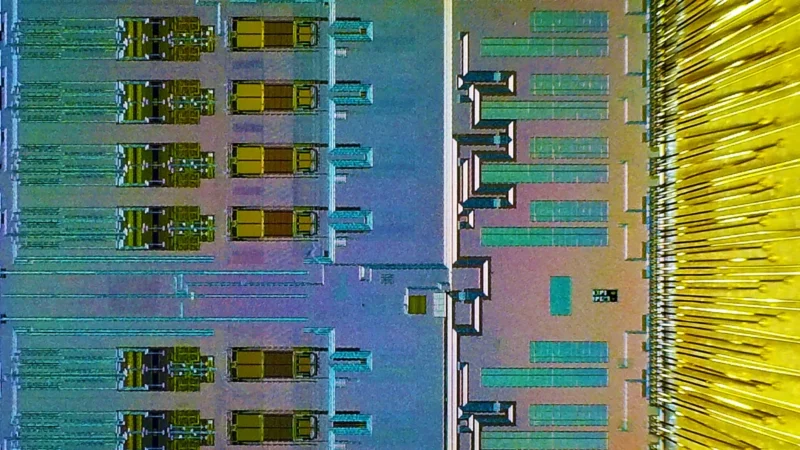Essential Insights
-
Electronics Challenge at LHC: The Large Hadron Collider’s extreme radiation and environment jeopardize standard electronics, necessitating specialized components for data collection and analysis in particle physics.
-
Innovative ADC Design: Columbia University engineers developed radiation-resistant analog-to-digital converters (ADCs) tailored for LHC conditions, employing advanced circuit techniques to ensure high accuracy and reliability.
-
Collaboration for Discovery: The project exemplifies a successful partnership between physicists and engineers, enabling the creation of cutting-edge instrumentation critical for exploring fundamental particles like the Higgs boson.
- Future Impact: Two Columbia-designed ADC chips are set to enhance the ATLAS detector’s capabilities, enabling precise data acquisition and contributing to groundbreaking research in particle physics, facilitated by international collaboration.
The Challenge of Harsh Conditions
The Large Hadron Collider (LHC) represents a pinnacle of scientific achievement. Located in a 17-mile-long tunnel beneath the France-Switzerland border, it accelerates particles to nearly the speed of light. When these particles collide, they create a chaotic mix of energy and matter, yielding vast amounts of data. However, this high-energy environment poses a unique challenge: the radiation produced is enough to disrupt traditional electronic components.
As a result, off-the-shelf electronics fail swiftly under such conditions. This reality has limited advancements in understanding fundamental particles, including the Higgs boson. Unfortunately, commercial chip manufacturers regard the market for radiation-resistant circuits as too niche to justify investment. This gap in the market prompted an academic response. Columbia Engineering’s Peter Kinget highlights that without academic intervention, humanity’s next big discoveries at the LHC might not happen.
Innovative Solutions for Future Discoveries
Columbia’s researchers have risen to the challenge by designing specialized analog-to-digital converters (ADCs) that withstand intense radiation. These ADCs play a crucial role in converting electrical signals generated by particle collisions into digital data for analysis. Previous attempts with commercial components failed due to radiation damage. Thus, the Columbia team had to take matters into their own hands.
Their innovative design uses established semiconductor processes but incorporates unique circuit techniques to enhance radiation resistance. The result is a reliable chip that can endure harsh conditions for over a decade. Notably, one of their ADCs is already operational at CERN, filtering and selecting significant data from a billion collisions each second. Another chip has completed its final tests and will soon be integrated into the LHC’s upgraded electronics.
This collaboration between engineers and physicists exemplifies how interdisciplinary teamwork can push the boundaries of human knowledge. As researchers explore phenomena like the Higgs boson, Columbia’s contributions will be fundamental. Such advancements pave the way for future discoveries and deepen our understanding of the universe.
Continue Your Tech Journey
Stay informed on the revolutionary breakthroughs in Quantum Computing research.
Access comprehensive resources on technology by visiting Wikipedia.
TechV1

